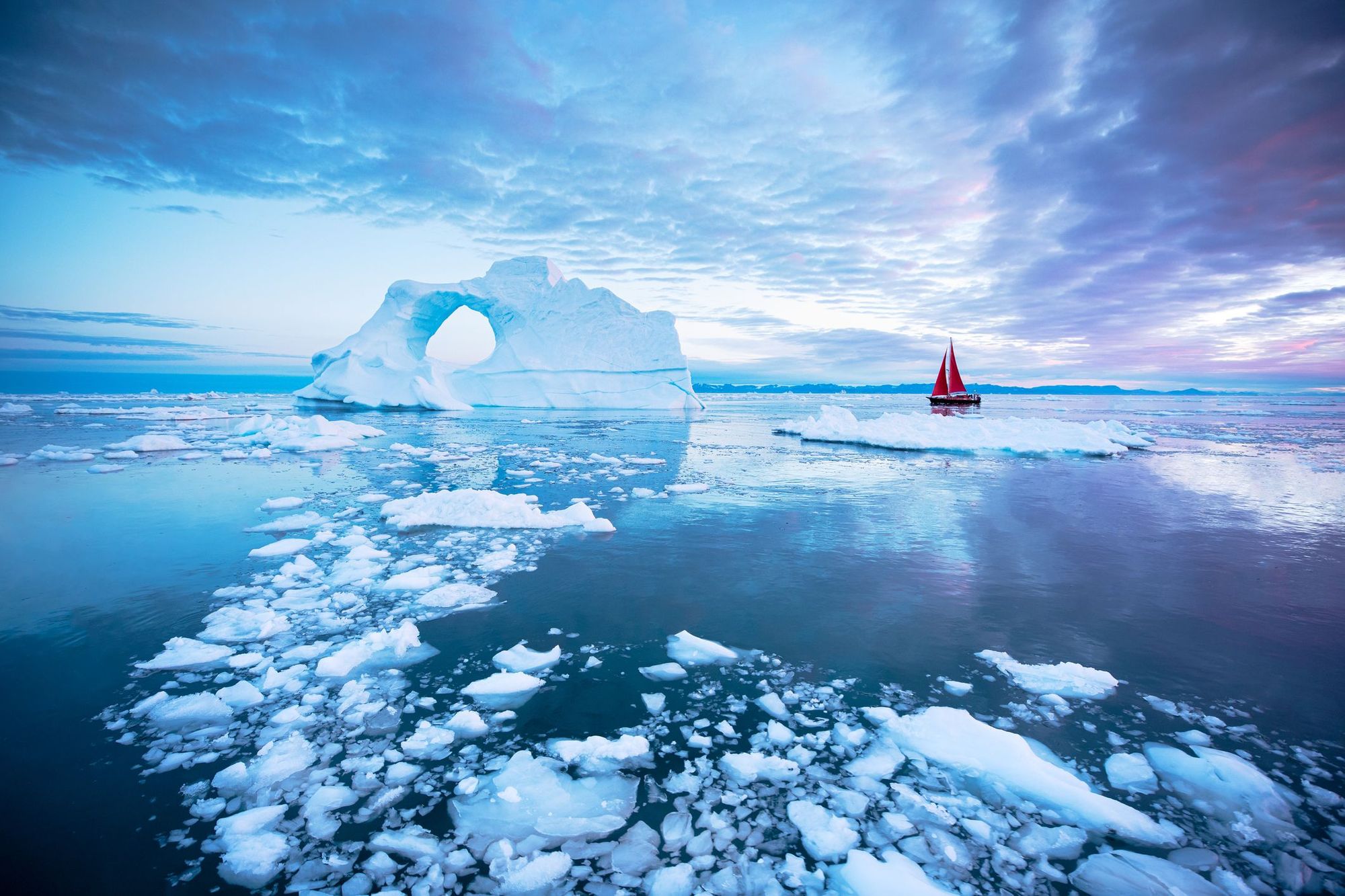Greenland does not live up to its name. The world’s largest island is almost entirely covered by an ancient ice sheet, which is up to three kilometres thick in places. Despite - or perhaps because - of its inhospitable climate, Greenland has fascinated travellers for centuries. It’s the thought of untrammelled wilderness, of vast ice cliffs and glaciers calving noisily into the ocean. Of the ethereal northern lights in winter, and the eerie white nights of summer.

To the modern-day traveller, a visit to Greenland means adventure; kayaking through deep fjords in search of whales, or dog sledding across the icy tundra. To the early Viking settlers, it represented opportunity - the chance of finding fertile land when resources were scarce. The first Viking settlers arrived on the island in 982 AD, and prospered for centuries. But by the middle of the 15th century they had all vanished. Archaeologists and historians are still debating why.
Here’s how ancient Vikings came to arrive in Greenland, the reasons for their disappearance, and how you can retrace their journey for yourself.
The Promised Island
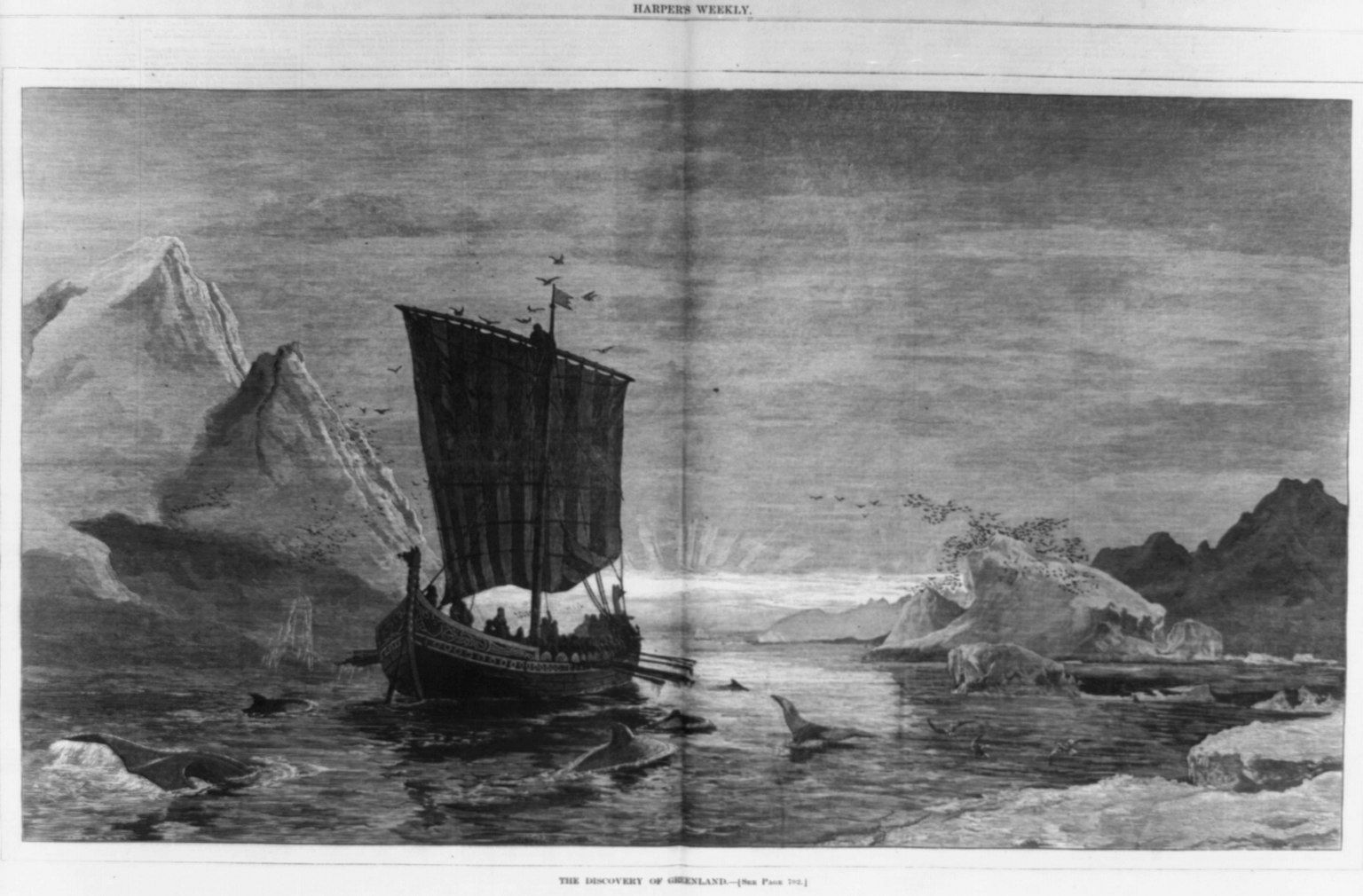
The Vikings - also known as Norsemen - came from Scandinavia, but had sailed west to settle in Iceland. Before long all fertile land was claimed, and resources such as timber were scarce. When sailors arrived, bringing news of a mysterious island beyond the borders of the known world, a Viking named Erik the Red was intrigued. In 982 AD, facing a three year exile for murder, he set sail in search of it.
Erik and his crew battled ice and storms to reach the east of Greenland. They travelled south, rounding the island’s tip and sailing up the west coast in search of a hospitable landing place. Eventually, they found a small, sheltered bay.
“They saw green slopes, where deciduous willows, alder and juniper trees grew, and low shrubs like dwarf birch covered the sides of some valleys. The landscape here was still harsh - it must have resembled the tree line of some Norwegian mountains,” explains historian and writer Paul Cooper, in his Fall of Civilizations podcast.

But Erik and his crew weren’t to be deterred. They spent the remainder of his exile exploring, before returning home to Iceland in hopes of encouraging people to return with them. Erik spun tales of the pleasant and fertile island they’d discovered; doubling down, he named it Greenland.
“Men will desire much the more to go there if the land has a good name”, he is quoted as saying in the Icelandic saga that bears his name.
Men will desire much the more to go there if the land has a good name
It worked. In 986, Erik set sail with a fleet of 25 ships, crammed to the rafters with men, women and children; with livestock, provisions and building supplies. The journey was treacherous - only 14 ships reached Greenland. But, much like the Welsh settlers who sought fortune in Patagonia, their difficulties had only just begun.
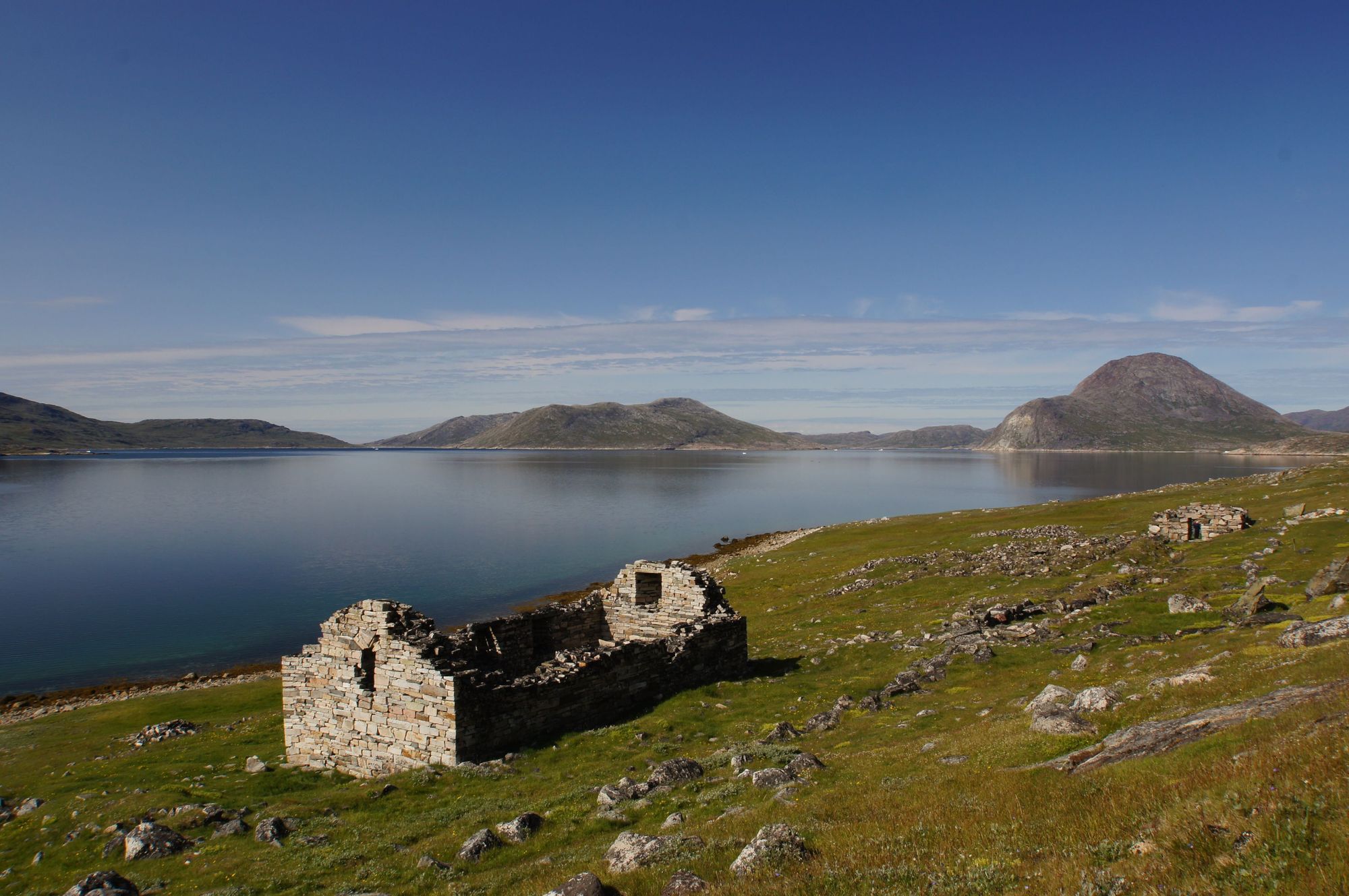
Erik and his companions established two settlements. The first of these was Osterbygð, or ‘the eastern settlement,’ in South Greenland. Later, they headed up the west coast and established Vesterbygð, near present-day Nuuk. They had to contend with Greenland’s Arctic climate, where temperatures plunged to as low as -50℃ during the winter. But they adapted well, living off their products from their livestock and intensively improving the soil for farming. And they soon found themselves in possession of a rare commodity - the ivory tusks they hunted from walruses - which they traded for great wealth.
At their peak, the Viking settlements in Greenland housed around 5,000 people. But this prosperous civilization fell into decline, and both settlements were eventually abandoned. In 1362, after the remote Vesterbygð settlement failed to pay taxes to the Norwegian king for 14 years, a cleric was sent to investigate - he reported the settlement to be deserted and in ruins. Osterbygð endured a little longer, but according to radiocarbon dating appears to have been abandoned around 1435 AD.
What Happened to The Vikings in Greenland?
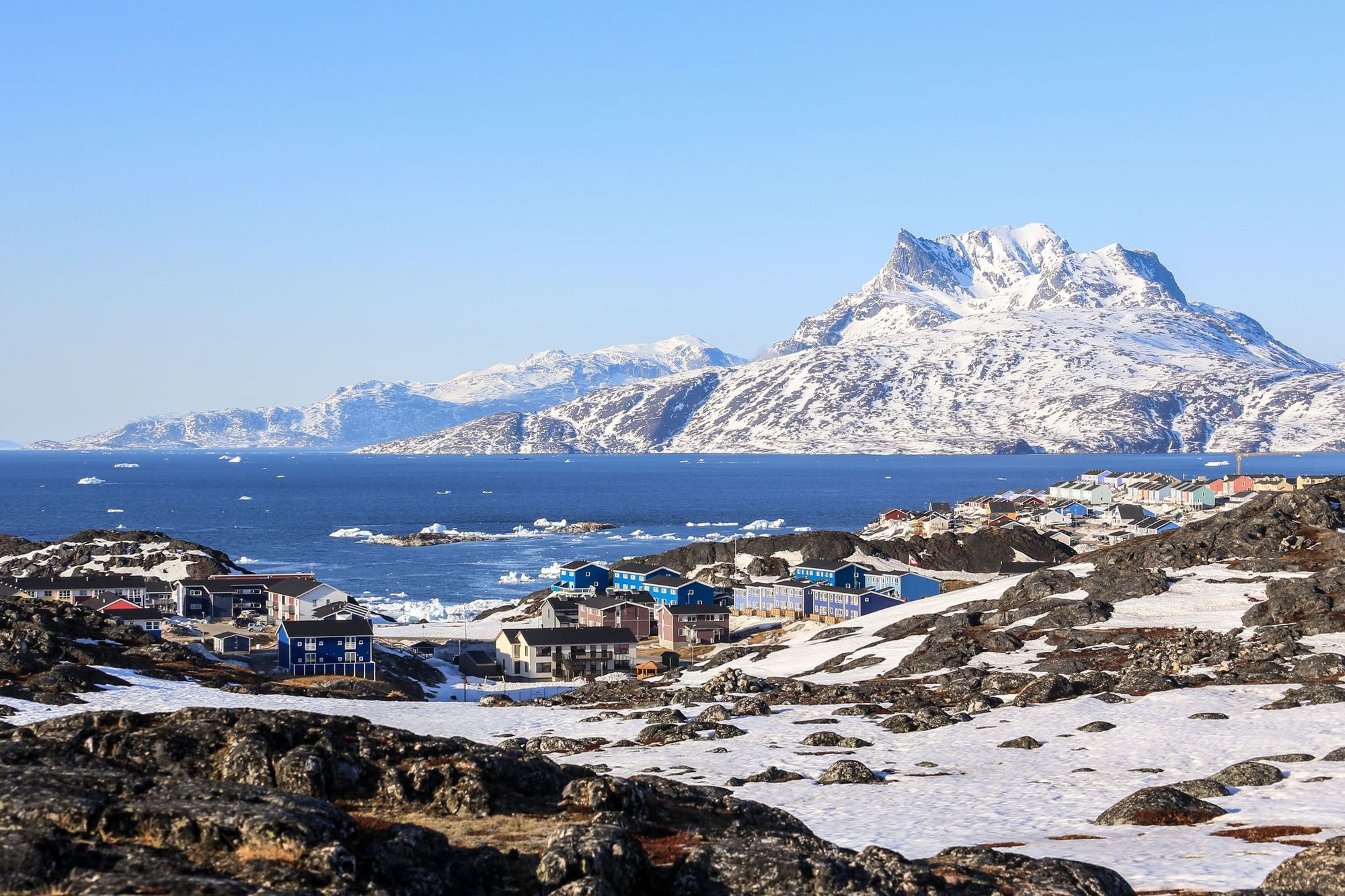
Until recently, historians believed the reasons why the Vikings vanished from Greenland could be succinctly summed up as "dumb". As archaeologist Thomas McGovern puts it: “dumb Norsemen go into the north outside the range of their economy, mess up the environment and then they all die when it gets cold.”
The Vikings settled Greenland during the Medieval Warm Period, which lasted from around 900 to 1300 AD. This would have led to a warmer climate and longer growing seasons. But it was followed by the Little Ice Age, when the climate cooled dramatically.
“In Greenland, temperatures plummeted six to eight degrees lower than summer temperatures today. Soon, sea ice would choke up the fjords and prevent ships from landing,” Cooper says.
“As the weather got worse, the Greenland Vikings had a choice. They could continue living their European lives, the lives of growing crops and keeping livestock, or they could adapt. They could learn from their Inuit neighbours and change their lifestyle to that of subsistence hunter-gatherers.”
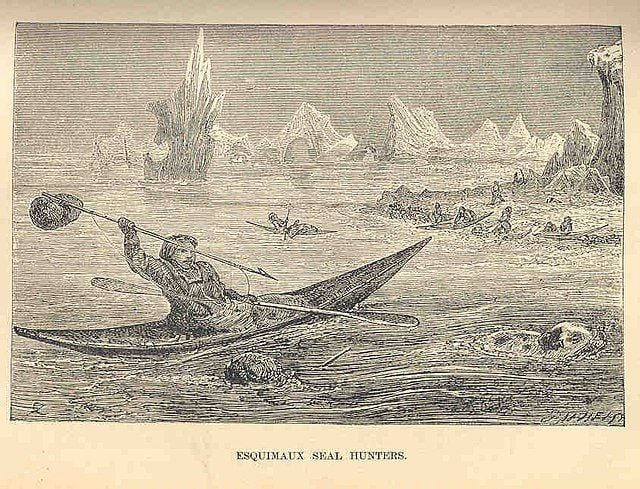
Historians initially believed that the Vikings refused to adapt, which is what led to their extinction. Rather than learning from the indigenous Inuits - whom they called ‘skraelings’ (which meant foreigner) - they perceived them as primitive savages. Instead of burning seal blubber to keep warm like the Inuits, they used wood in their stoves. They cut down the trees, and deforestation made the land more exposed, degrading the topsoil.
However, while the Vikings might have clung to their own customs, archaeological isotopic analysis of bones suggests they did transition to a more seafood-heavy diet. There is evidence that when hunting, they attempted to conserve the seal population and prevent it from going extinct, and that they fertilised the soil more intensively.
As the climate worsened, the ice spread, and storms on the sea increased, it’s not hard to imagine what could go wrong
But it was to no avail. The Vikings had never managed to be completely self-sufficient, and relied on trade with Europe to survive. The worsening climate made this more difficult. The Black Plague - which swept Europe from 1346 to 1353 - killed up to 200 million people, devastating the Norwegian population. Supply missions to Greenland dwindled, and eventually stopped all together - just in time for the cold weather to hit. What’s more, walrus ivory had considerably dropped in value, thanks to the introduction of elephant tusks to the market from Africa and India.
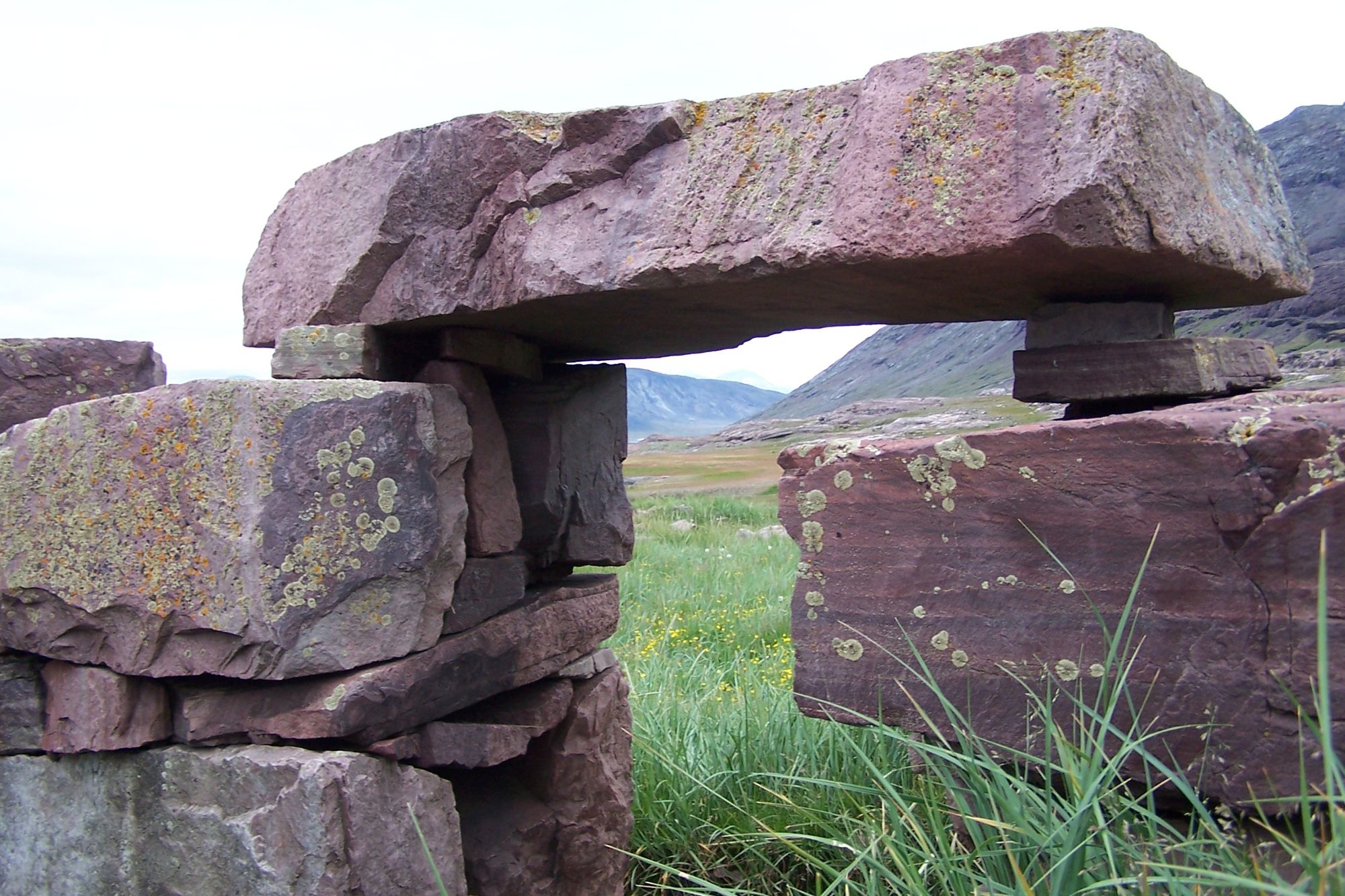
“They would now have to hunt even more seals and walrus to feed themselves. To make this possible, they couldn’t spare a single man. Now, every able-bodied man in the settlement would have to sail farther and farther up the Greenland coast, sometimes travelling up to 1,500 kilometres on their hunts,” Cooper says. “As the climate worsened, the ice spread, and storms on the sea increased, it’s not hard to imagine what could go wrong.”
And so the Vikings disappeared. Skeletons from this period show signs of malnutrition; others were likely lost at sea. In small groups, they must have drifted back to Iceland or Norway, in search of an easier life. Hopefully, this is what they found.
Retrace the Vikings’ Journey
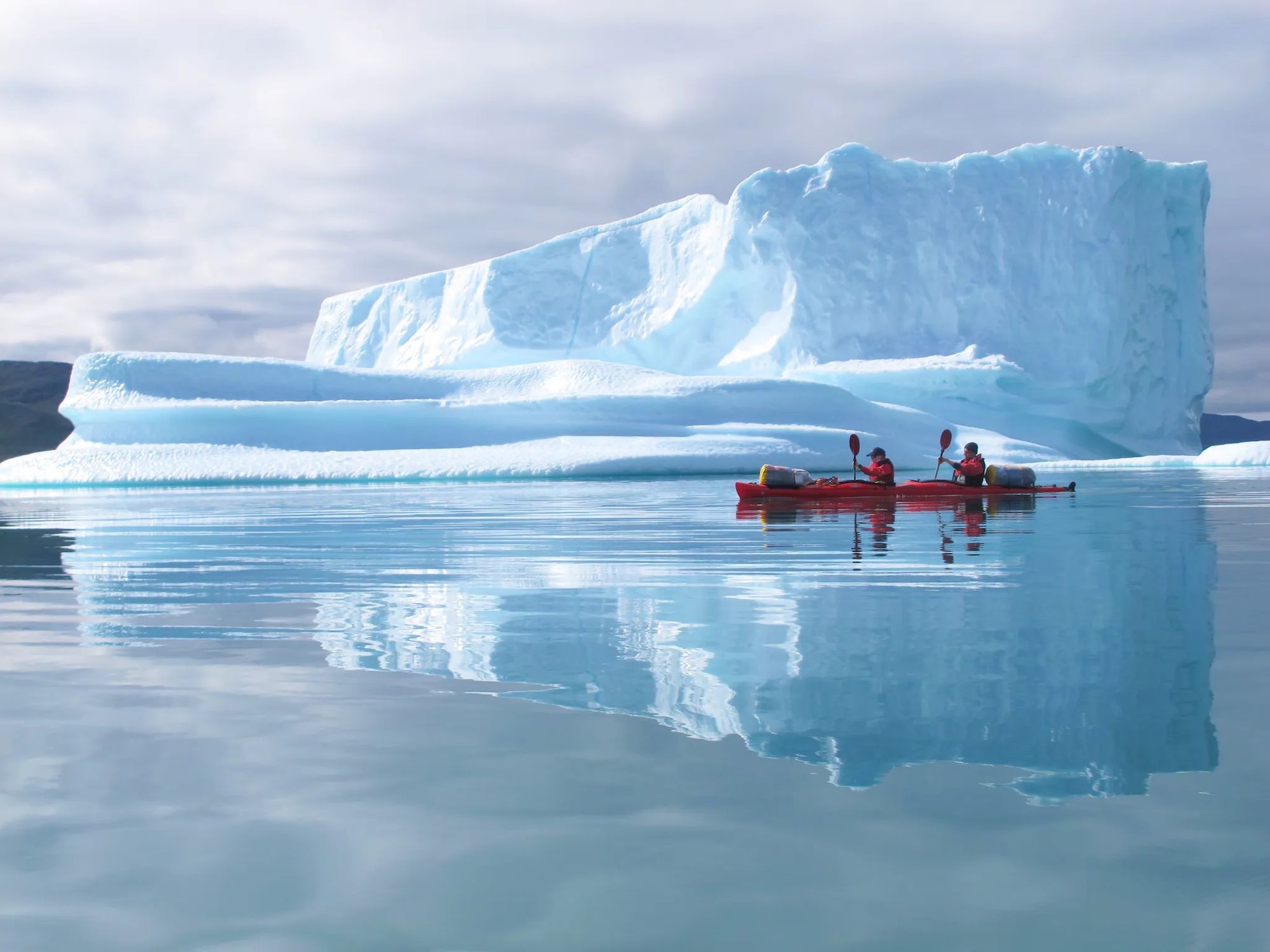
The Vikings might be gone, but they are not forgotten. You can retrace their journey for yourself (minus the deadly starvation part), and explore Greenland’s landscape to uncover their history.
Begin your journey in Iceland. This is, after all, the starting point of the entire journey. The Viking Museum in Njardvik (near Keflavik Airport) has exhibitions devoted to the Viking settlement of Iceland, and to their voyages across the North Atlantic. The Saga Museum in Reykjavik is also worth a visit - an exhibition room entitled Leifur the Lucky tells the story of Erik the Red’s son accidentally “discovering” America, centuries before Christopher Columbus.

There are no ferries between Iceland and Greenland. Instead, you’ll take a short flight, marvelling at the conveniences of modernity. Land in Narsarsuaq, Southern Greenland’s international airport. The original settlement of Osterbygð was spread out over the deep fjords in the areas around modern day Narsarsuaq, Igaliku and Qassiarsuk - basing yourself in one of the region’s towns, like Narsaq, will enable you to explore the area.
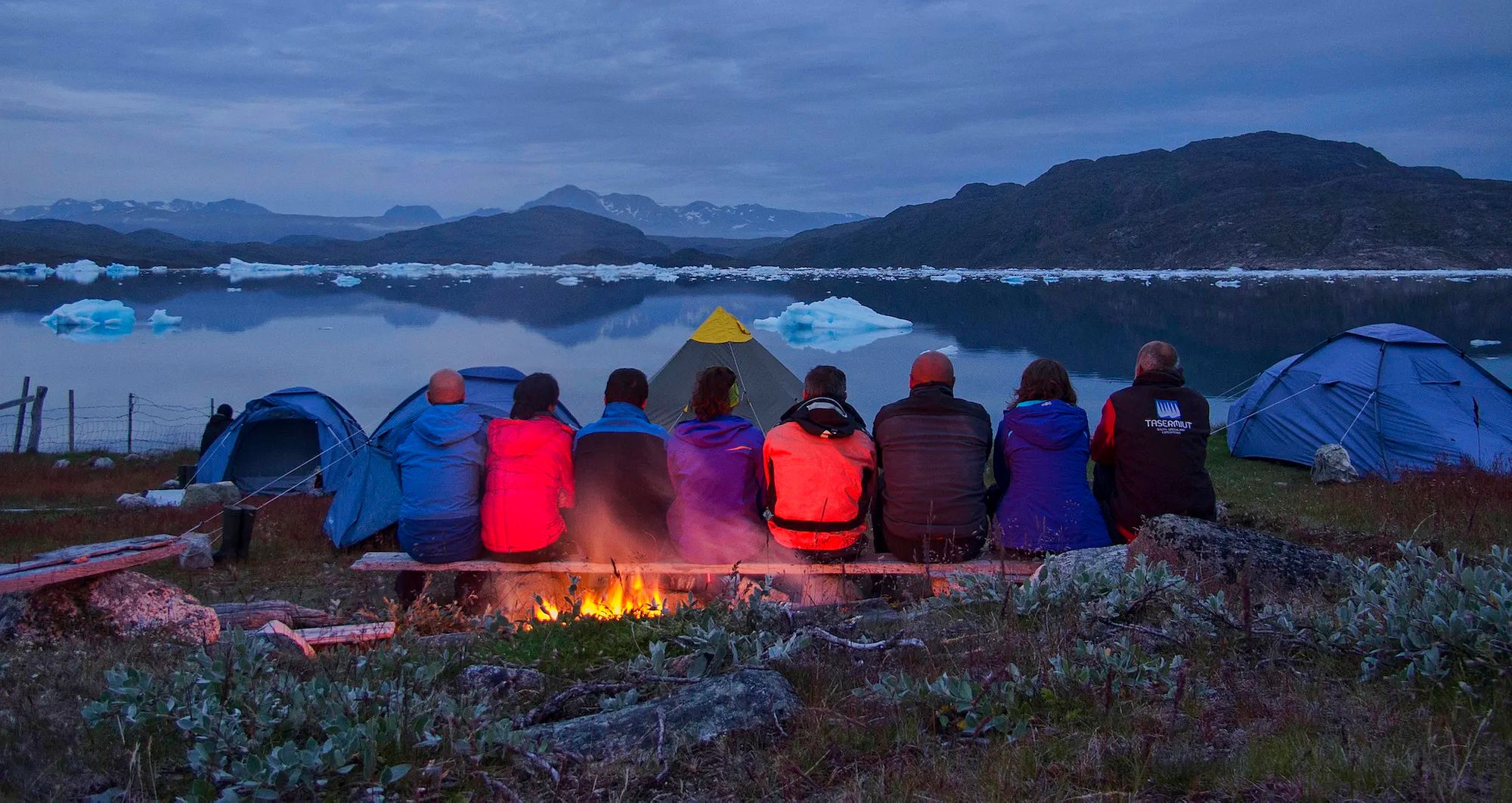
Take a boat ride up Tunulliarfik Fjord (previously named Eriksfjorden by the man himself) to the village of Qassiarsuk, which was once the homestead of Erik the Red. Here you’ll also find a reconstruction of Tjodhilde’s Church - a wooden and stone structure with a turf roof. Tjodhilde was Erik’s wife, and instrumental in converting him to Christianity. Meanwhile, the remnants of Hvalsey Church and the surrounding homestead - the best preserved Viking ruins in Greenland - are located just up the fjord from Qaqortoq.

But following the footsteps of the Vikings isn’t just about museums and ruins. It’s about getting back to basics, and experiencing the elemental majesty of Greenland’s landscape.
Hire a kayak and explore the fjords of South Greenland, dodging the icebergs and looking out for Arctic wildlife like whales and seals, just like the Vikings would have done. Once ashore, forage for mushrooms and cranberries. Light a fire and cook your dinner over the open flames, before bedding down for the night. But please, please, don’t go hunting walrus for their tusks.
Inspired? Follow in the footsteps of the Vikings on our 100km Expedition in Greenland, or check out our other Winter Adventures.


